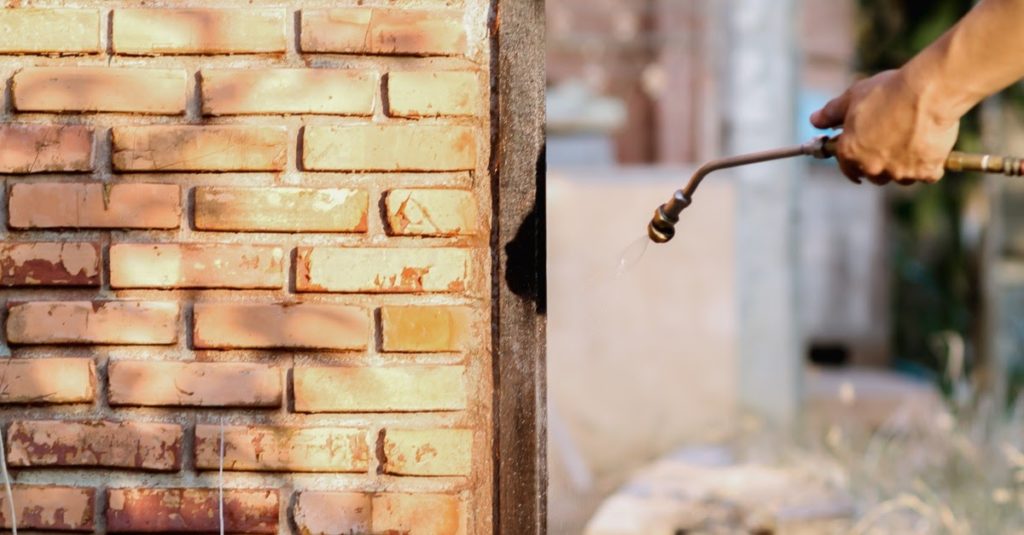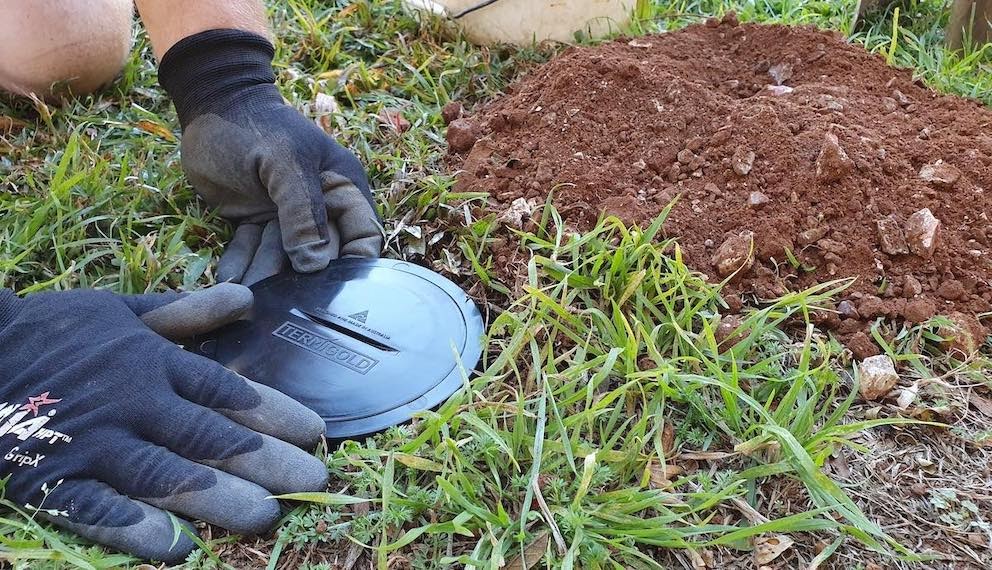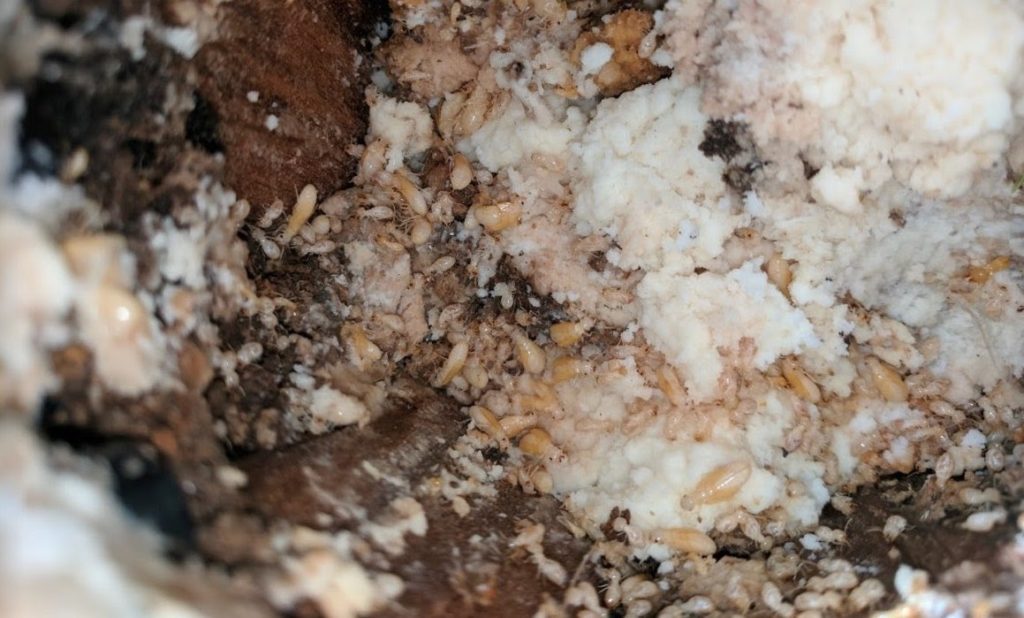There are two options when it comes to termite treatment and prevention systems; a chemical termite barriers and in-ground baiting system. For new home builds a physical barrier (soil or slab treatments) is installed under the concrete slab, which acts as a continuous barrier underneath your house however it will not prevent termites from going around the physical barrier or entering through areas like timber decking or support beams, cracks in the concrete or brick foundations or even through weep holes and vegetation up against the dwelling. A termite barrier made from individual termite bait stations is just as (if not more) effective at controlling termite attacks. This guide will explain the types of barriers and their accompanying benefits and drawbacks.

How the chemical barrier is installed will vary depending on the design of your home. The average cost to install a chemical barrier in Australia is around $3,000 – $5,000.
Trench and Treat
All your garden and soiled areas are trenched to footing level, the soil is then treated evenly with a termiticide, refilling the trench with soil and then treating it again. This can provide protection from termites for up to eight years. Once the barrier system has surpassed its eight years of protection, this system can be replenished.
Drill and Inject
To all your concrete and or tiled areas, holes are drilled at 200mm centres through the concrete slab and a termiticide is then injected using special equipment. Once completed, the holes are resealed using a mortar mix or plastic plugs. This treatment also has a lifespan of up to eight years.
A drawback of this preventative system is that it has to be installed by a professional and it does not suit every home. Your home’s construction may undermine this chemical treatment’s effectiveness eg if your home is raised with a subfloor or on a sloping block or built on different levels will mean the chemical will not be able to offer you full protection. Other deficiencies with this application technique are low lying areas, like pooling water. This would allow termites to enter without being exposed to the termiticide – giving you a false sense of security and making your efforts a huge waste of money.
In-ground Baiting System

An in-ground baiting system is a termite barrier that is established around the perimeter of your home. It involves the installation of plastic bait stations around the property, each being positioned three metres apart. The bait stations contain cellulose inserts like cardboard and timber, which serve as termite food.
When termites begin feeding on the food source, termite bait is applied into the station, on top of the active termites. The termites that are exposed to this bait become carriers and transport the bait back to the colony. This results in total colony elimination and is extremely effective at keeping termites out of your home.
Baiting on Active Termites

The primary difference between an in-ground baiting system and a chemical barrier is the monitoring aspect. A termite bait station requires regular inspection and monitoring to ensure it’s successful. Initially, these stations are checked monthly to identify termite activity. Once there are termites in the stations, bait can be added to initiate the transfer effect. This process is carried out every three to four weeks until the entire colony is eliminated.
While this may sound like more work, a huge benefit of an in-ground baiting system is that you can actually monitor the success of your termite treatment. Unlike chemical systems, where you’re blind to their effectiveness, with an in-ground baiting system you can actually see total colony elimination occur. To find out more about this, read our blog, How Termite Preventions Systems Work.
The Bottom Line
The most effective termite prevention method depends on a number of factors. It depends on how your home is constructed, the type of soil, the incline of your block and also the presence of any construction flaws. If your home has construction flaws, a combination of both a physical termite barrier and a chemical barrier will be most the effective way to keep termites out. Whereas, if your home is on a slope or your soil has a high rock content, an in-ground baiting station will be the most effective option to avoid gaps in the termite barrier.
Protect Your Home With a Physical Termite Barrier Today!
If you’re still not sure which approach to take, feel free to get in touch with the TermiGold team for advice. Otherwise, our in-ground termite bait stations are available to shop online for Australia wide delivery.